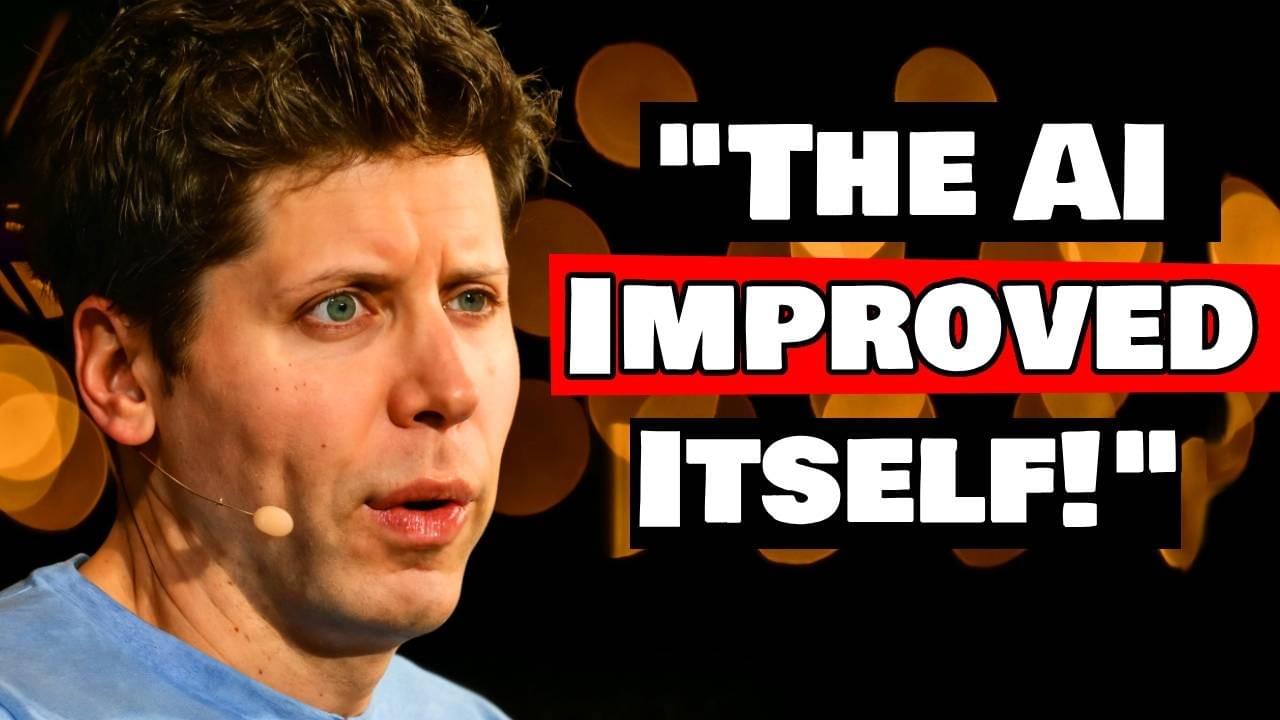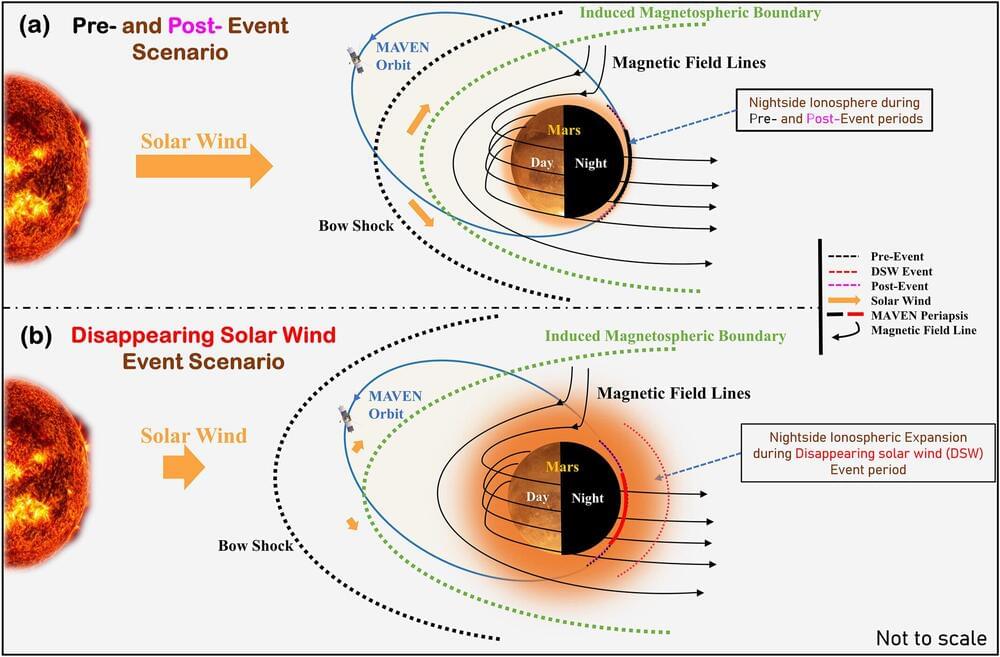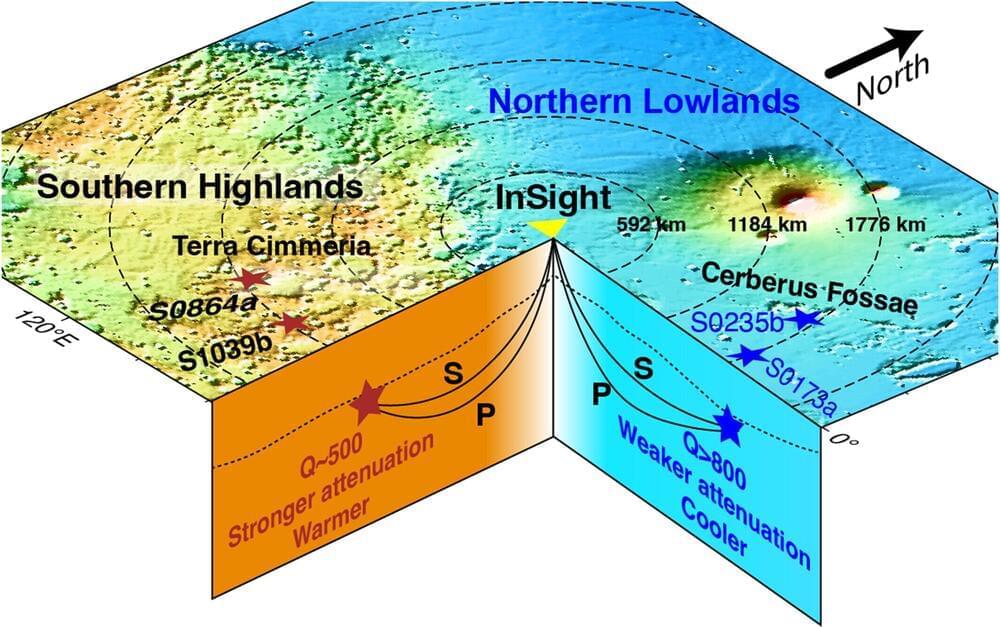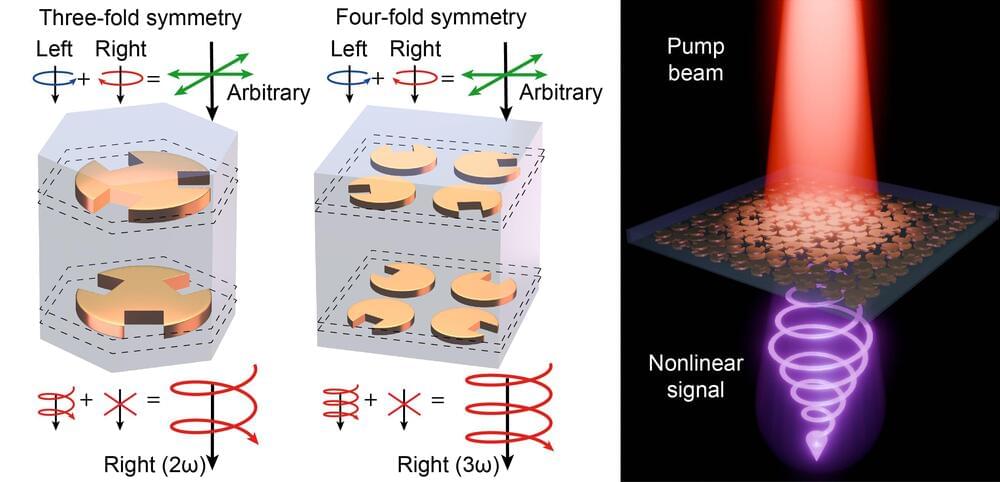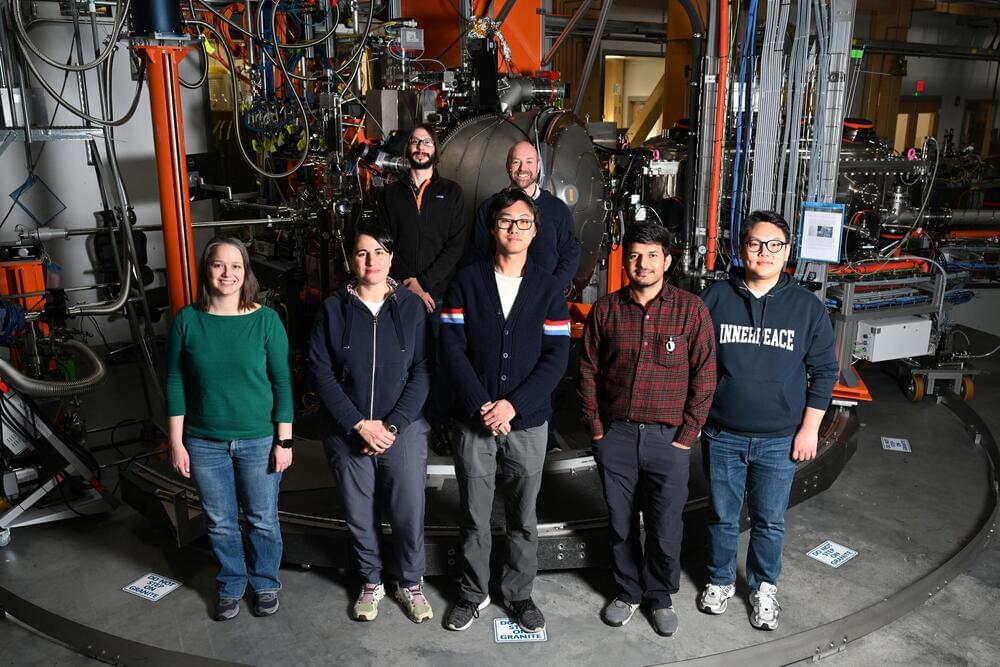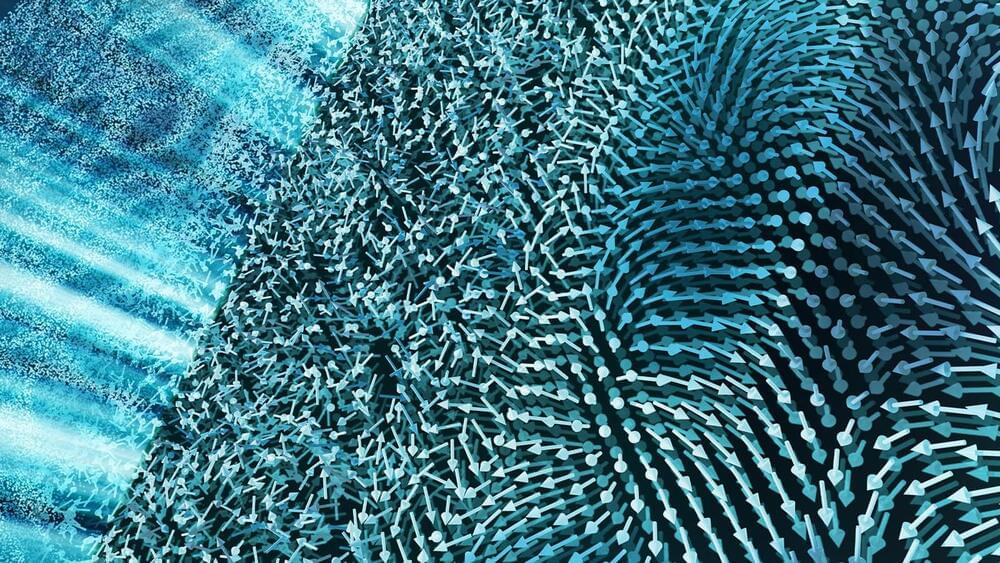
A team of climate geochemists at the Max Planck Institute for Chemistry, University of the Witwatersrand and Princeton University has found evidence that early hominins living in South Africa ate a mostly vegetarian diet. In their study, published in the journal Science, the group conducted isotopic analysis of fossilized teeth found in the region looking for evidence of meat consumption.
Over the past several decades, scientists have been looking for historical evidence to explain why humans developed characteristics such as an upright posture and large brains. One theory suggests that such characteristics may have arisen due to a switch from a vegetarian diet to carnivory. In this new effort, the research team tested this theory by analyzing fossilized teeth of hominins in South Africa approximately 3.5 million years ago.
The researchers conducted an analysis of the nitrogen and carbon isotopes bound to the tooth enamel of 43 fossilized teeth, all of which had been found in South Africa’s Sterkfontein caves. Seven of the sample teeth were from Australopithecus africanus, and the remainder were from five other mammalian families. They then did the same with teeth from several modern species, both meat eaters and vegetarians.
